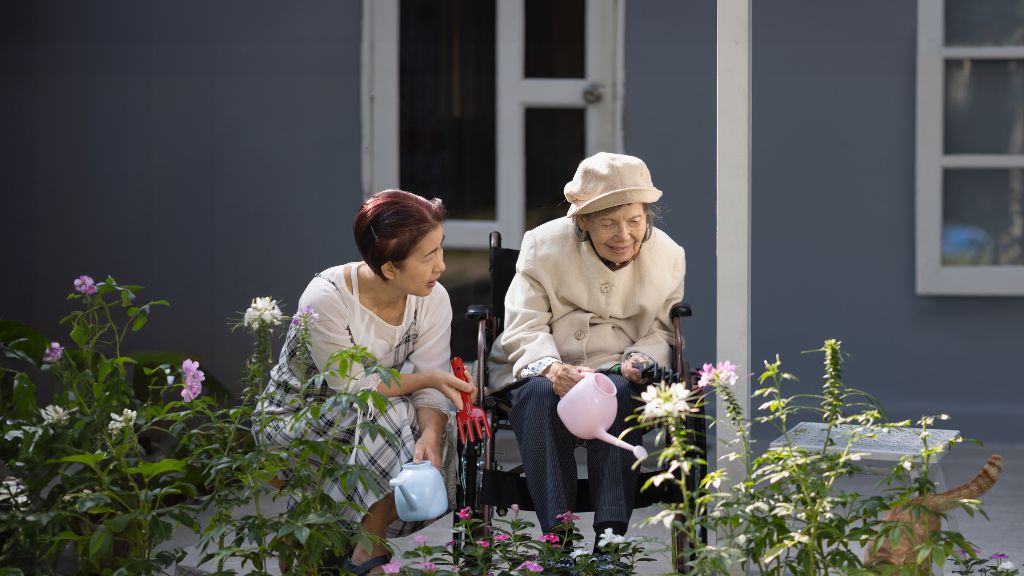The importance of dementia-friendly outdoor spaces

Dementia-inclusive outdoor spaces are key to providing supportive environments for the growing number of people being diagnosed across the country.
More than half a million people in the UK have received a dementia diagnosis, according to recent NHS data.
And search engine analysis by Foxholes Care Home shows an average of 14,000 searches for ‘sensory garden’ and 106 related keywords, highlighting a growing interest in sensory-friendly outdoor spaces.
“Designing a sensory garden should always put the person at the heart of the space,” explains Neil Gandecha, sensory garden expert at Foxholes Care Home.
Ultimately, a well-planned sensory garden is more than a garden, it’s a place of comfort, stimulation, and joy for everyone who uses it
“Sensory gardens provide a moment of calm and relaxation for people of all ages and they have the unique ability to stimulate memories, engage the senses, and transport individuals back to meaningful moments in their lives.”

When planning a dementia-friendly sensory garden, he highlights several key considerations:
1. Plan your space: “Choose a location that offers a mix of sun and shade and is easy to access from indoors,” he advises. “Wide, level, non-slip paths and raised beds make plants more accessible for wheelchair users. People with dementia can become disoriented in a complex layout so a simple looped path allows safe, worry-free exploration.”
2. Engage the senses: “Every sense should be considered when designing a sensory garden,” Gandecha explains:
- Sight:Use bright, contrasting colours and plants with seasonal interest to provide visual stimulation. Sculptures, ornaments, and bird feeders can act as focal points to guide exploration
- Smell: Fragrant herbs like lavender, rosemary, mint, and thyme, alongside flowers such as roses, honeysuckle, lilac, and jasmine, evoke calming memories and are especially helpful for those with hearing loss
- Touch:Soft, textured plants such as lamb’s ear and ornamental grasses, tree bark, and safe tactile panels provide opportunities for hands-on interaction
- Sound:Include rustling plants, gentle water features, and wind chimes to create soothing background sounds and encourage wildlife visits
- Safe edible plants or seasonal treats, like autumn herbs or Taste:setting up a hot chocolate station in garden seating areas, provide sensory engagement through taste
3. Consider who the garden is for: “Every sensory garden should be designed with its users in mind,” Gandecha explains. “For people with visual impairments, bold, contrasting colours help with navigation. For those with hearing loss, vibrant colours, scents, and textures reduce stress and encourage meaningful engagement with the space.
“It is important that people living with dementia receive the care and support they deserve.
“Creating inclusive, dementia-friendly spaces like sensory gardens is just one of many ways to help people maintain dignity, well-being, and quality of life.
“Ensuring access to such resources can make a meaningful difference for both individuals and their families.”
He concludes, “Ultimately, a well-planned sensory garden is more than a garden, it’s a place of comfort, stimulation, and joy for everyone who uses it.”




